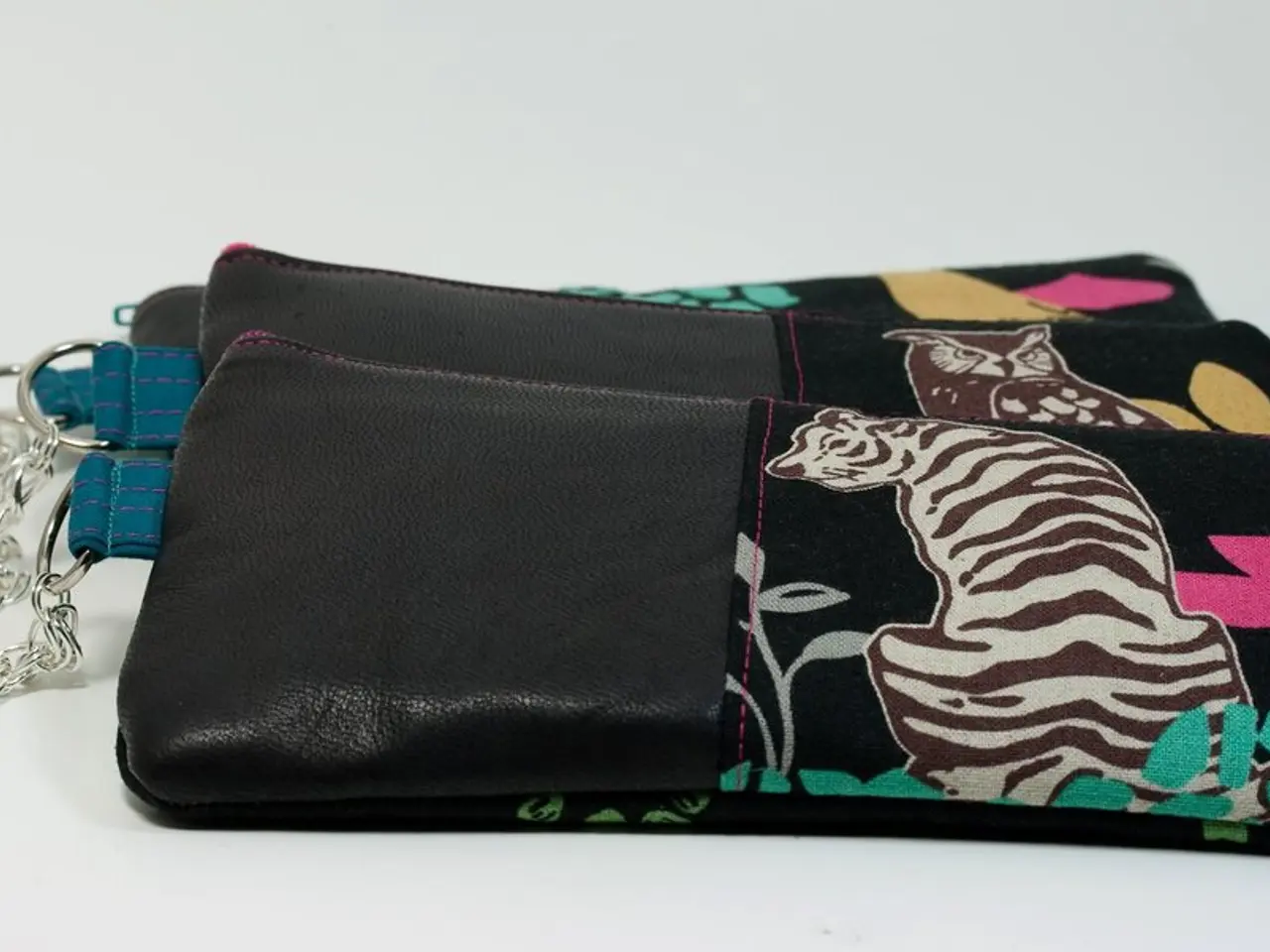Traditional Finance and Cryptocurrency Merge Gains Significant Momentum in 2025
In the ever-evolving world of finance, one segment is experiencing significant growth - tokenized private credit. This sector, representing approximately 61% of all tokenized assets, has surpassed $14 billion in the global market, according to recent reports.
This growth is primarily driven by institutional demand for yield, transparency, and improved balance sheet efficiency. Major financial players like BlackRock and J.P. Morgan are actively deploying billions into tokenized assets, including private credit.
One example of this trend is the launch of USD Private Credit Token (USDPC) by global crypto exchange VALR, in conjunction with Canadian private credit firm Garrington Capital. This offering provides users with exposure to a diversified pool of U.S.-based private loans.
USDPC is unique in that it allows investors to participate in this market with small USD denominations, making it accessible to retail investors across various regions such as Europe, Southeast Asia, Latin America, and underserved regions.
Unlike traditional private credit funds, which have typically been walled off behind six-figure minimums, opaque documentation, and long lock-in periods, USDPC does not levy direct management fees on users. Instead, a spread is built into the buy-sell pricing, and there is a performance incentive for the fund manager.
Redemptions for USDPC are handled through VALR's OTC desk with flexible timelines ranging from 7 days to 30 days based on liquidity.
The broader tokenized real-world asset (RWA) market has also seen impressive growth, surpassing $25 billion in 2025. Over 85% of global banks surveyed by the World Economic Forum had either launched or were actively testing tokenized asset infrastructures by Q2 2025.
Products like USDPC are ushering in a turning point for crypto yield offerings, making it possible for a wider range of participants to access the global financial market. By offering access to real-world yield products, VALR is positioning itself as a next-gen global leader, advancing the tokenization of credit and the decentralization of yield for an international user base.
The future outlook for tokenized private credit is promising but nuanced. While tokenization offers enhanced liquidity and market access, challenges remain around standardization and potential market fragmentation as the sector scales. Regulatory progress is supporting this expansion, with initiatives across major jurisdictions like the U.S., Singapore, Hong Kong, and Dubai advancing frameworks that enable broader adoption of tokenized assets as part of public financial infrastructure.
In conclusion, tokenized private credit is both the largest and fastest-growing slice of the tokenized asset market, driven by institutional adoption, regulatory alignment, and technological innovation. While tokenization offers enhanced liquidity and market access, challenges remain around standardization and potential market fragmentation as the sector scales. However, with the right regulatory frameworks and continued technological advancements, the future of tokenized private credit looks bright.
[1] Tokenized Assets: A New Era for Capital Markets (World Economic Forum, 2025) [2] The Rise of Tokenized Assets: Challenges and Opportunities (Global Financial Markets Institute, 2025) [3] Private Credit Tokenization: Opportunities and Challenges (Deloitte, 2025)
- The growth in the tokenized private credit sector, which accounts for about 61% of all tokenized assets and exceeds $14 billion in the global market, is chiefly propelled by institutional demand for higher yields, transparency, and financial efficiency.
- Institutions like BlackRock and J.P. Morgan are investing billions into tokenized assets, including private credit, demonstrating a shift towards this emerging market.
- USD Private Credit Token (USDPC), launched by global crypto exchange VALR in collaboration with Garrington Capital, provides retail investors with access to a diversified pool of U.S. private loans, unlike traditional private credit funds with high minimums and lengthy lock-in periods.
- USDPC's unique structure, which incorporates a built-in spread and performance-based incentives for the fund manager, allows users to participate in private credit markets with small USD denominations.
- The broader tokenized real-world asset (RWA) market has witnessed significant growth, surpassing $25 billion in 2025, with over 85% of global banks either launching or testing tokenized asset infrastructures by Q2 2025.
- Products such as USDPC are reshaping the landscape of crypto yield offerings, making it possible for a wider range of participants to engage with the global financial market, particularly private credit markets.
- The future outlook for tokenized private credit is promising, despite challenges related to standardization and potential market fragmentation as the sector grows. Continued regulatory progress and technological advancements, particularly in major jurisdictions like the U.S., Singapore, Hong Kong, and Dubai, support broader adoption of tokenized assets and the democratization of yield in the decentralized finance (DeFi) and blockchain era.




